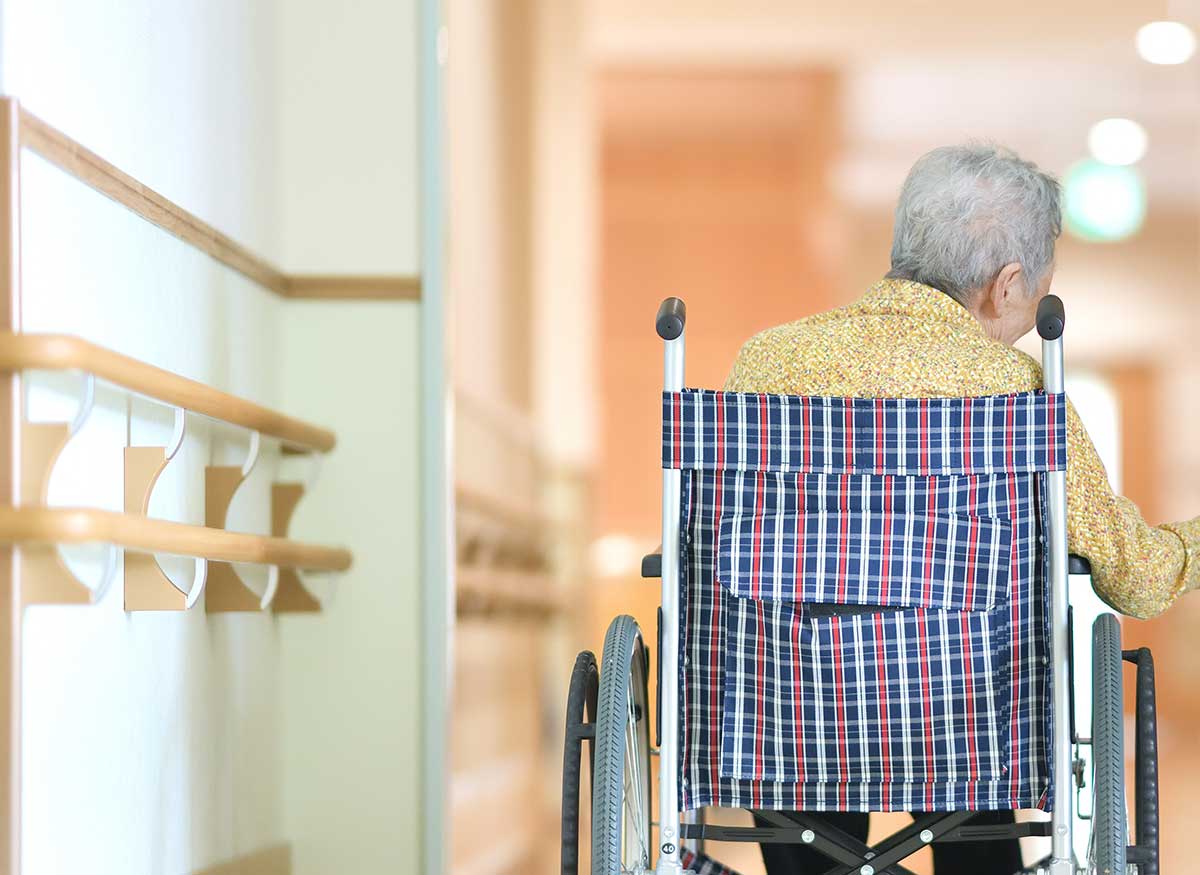Clinical laboratories may experience a decline in SARS-CoV-2 diagnostic test volumes from nursing homes if antigen testing becomes more widely used. CMS’ point-of-care device allocation tracker shows the locations included in early distributions.
Nursing homes in some states are beginning their first wave of testing after a large-scale procurement of US Food and Drug Administration (FDA)-authorized rapid point-of-care diagnostic test instruments and tests distributed to long-term care facilities in COVID-19 hotspot geographic areas.
On July 14, 2020, the US Department of Health and Human Services announced the nursing home sector push for rapid antigen testing. In its press release, HHS described this as a “one-time procurement of devices and tests targeted to facilitate on-site testing among nursing home residents and staff.”
Said HHS Assistant Secretary for Health Adm. Brett P. Giroir, MD, at the time of the announcement, “Access to rapid point-of-care testing in nursing homes will further protect our Nation’s most vulnerable patients. With the recent FDA Emergency Use Authorization of the BD Veritor system, combined with the earlier authorization of the Quidel Sofia and Sofia 2 systems, we now have the ability to provide more testing faster.”

HHS Assistant Secretary for Health Adm. Brett Giroir, MD, has emphasized the importance of rapid point of care testing in nursing homes. Giroir was interviewed Aug. 6 (photo above) by Northwest Arkansas NBC-affiliate KNWA about COVID-19 matters, including nursing home testing. Officials in Arkansas and many states are closely monitoring nursing homes to see if reopening increases positive COVID-19 cases.
Nursing homes have been prioritized by the Centers for Medicare and Medicaid Services (CMS) according to their location in hotspots, with concentrations noted in California, Florida, South Carolina, Arizona, and Texas, and in at least 10 other states.
CMS maintains a Nursing Home COVID-19 Public File that pools data in relation to resident impact, facility capacity, staff and personnel, supplies and personal protective equipment, and ventilator capacity and supplies data elements. The CMS data point-of-care device allocation page, which was updated Aug. 6, explains more.
Initially, the 2,000 nursing homes considered by CMS to be most at risk for community spread were to receive an antigen point-of-care (POC) SARS-CoV-2 diagnostic test system and test kits needed to use it. Skilled Nursing News reported that production capacity for the tests and associated supplies will likely not be fully up and running until October, according to Giroir.
The July 14 announcement by HHS coincides with an announcement by BD of a one-time sale to HHS of 2,000 of its Veritor Plus systems and 750,000 SARS-CoV-2 antigen test kits.
HHS noted in its press release the intended purpose of these tests: “Nursing homes must have the capability to screen and test residents, and test staff on a weekly basis or according to specific guidance by the state and local health departments. This procurement will also enable testing of visitors if appropriate for that facility.”
Giroir told KNWA that turnaround time for antigen test results is about 15 minutes.
How Will Mass Antigen Testing in Nursing Homes Affect PCR Testing Volumes?
The Centers for Disease Control and Prevention (CDC) updated its interim SARS-CoV-2 testing guidelines for nursing home residents and healthcare personnel July 21.
While the antigen test thrust of HHS will play a role in reducing the spread of COVID-19 among vulnerable populations and surrounding communities, mass testing using rapid POC tests will have implications for clinical laboratories.
POC test systems will enable nursing homes to essentially perform their own testing for COVID-19, reducing the need for partnerships with available clinical laboratories. While this allows nursing homes a certain degree of independence and more rapid availability to COVID-19 test data, it may lead to a reduction in SARS-CoV-2 diagnostic test volumes from these nursing homes.
However, of the rapid diagnostic antigen tests, HHS noted, “These tests may be slightly more likely to have a false negative result than molecular PCR COVID tests.” It remains to be seen if the reduced accuracy of antigen testing will be outweighed by the convenience of POC testing and the speed at which antigen tests can offer results. While the balance of accuracy versus speed and convenience is always a question in testing, this distribution by the HHS may indicate a leaning by the government toward the latter.
HHS’ distribution of tests to nursing homes is currently a one-time arrangement. Positive results from this initiative may lead to broader use of POC SARS-CoV-2 antigen testing by nursing homes. This could include the increased purchase of antigen tests using both government-funded and self-funded purchases. If that develops into a trend, it will likely result in a reduction in COVID-19 test volumes for clinical laboratories from nursing homes.

—By Caleb Williams, Editor, COVID-19 STAT
Related Resources:
HHS: Trump Administration Announces Initiative for More and Faster COVID-19 Testing in Nursing Homes
Nursing Home Data – Point of Care Device Allocation
MedTech Dive: BD sells 750K antigen tests to HHS as COVID-19 nursing home testing scales up






